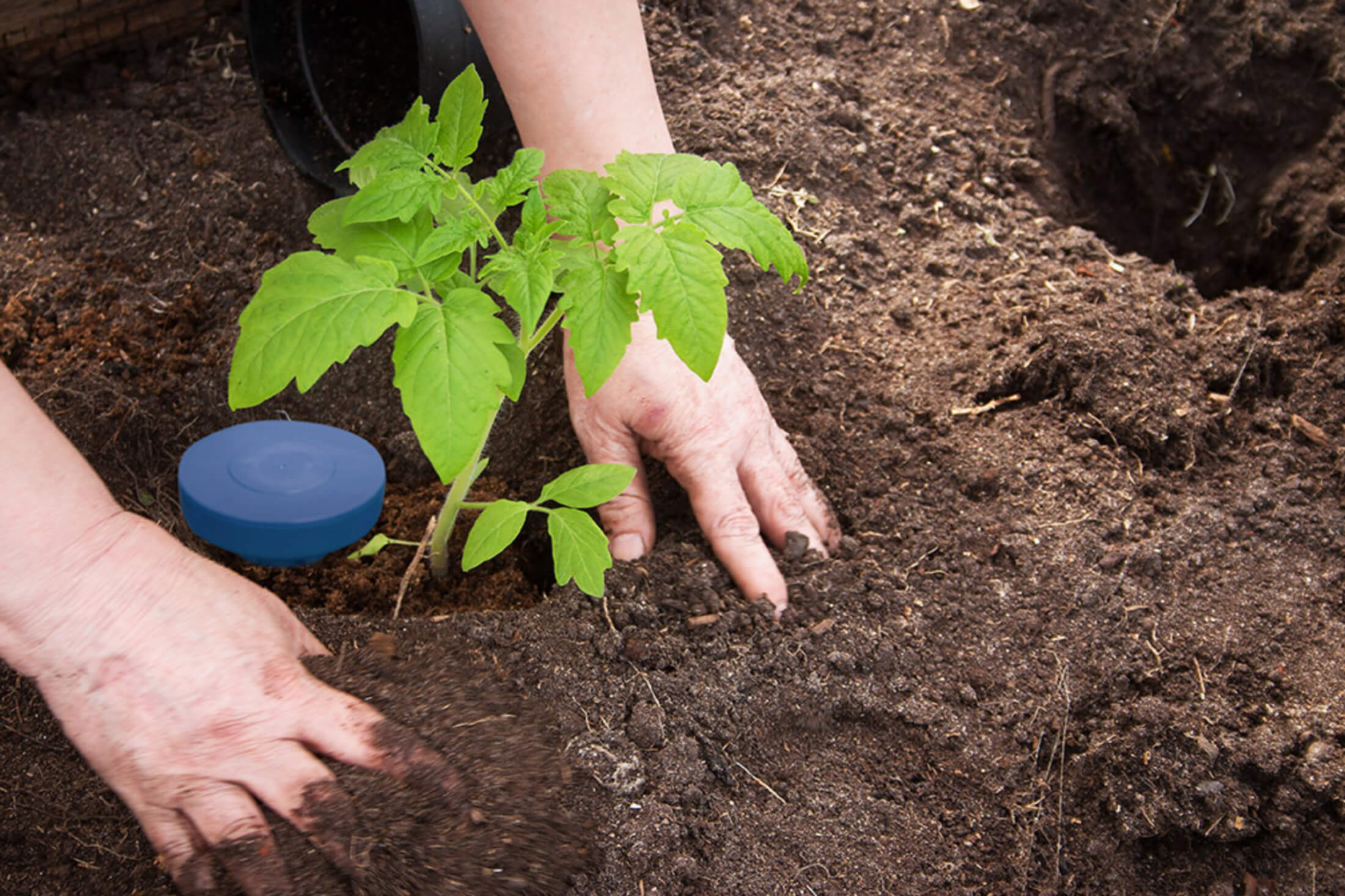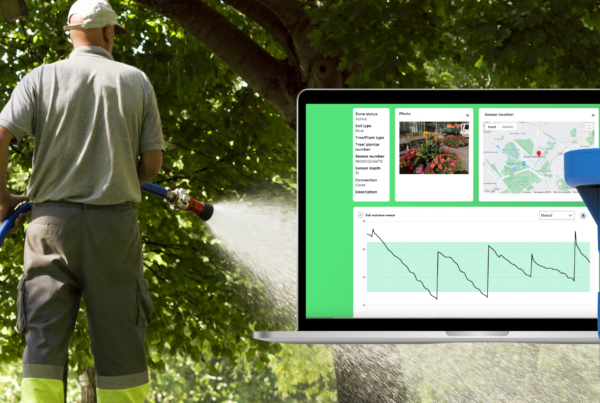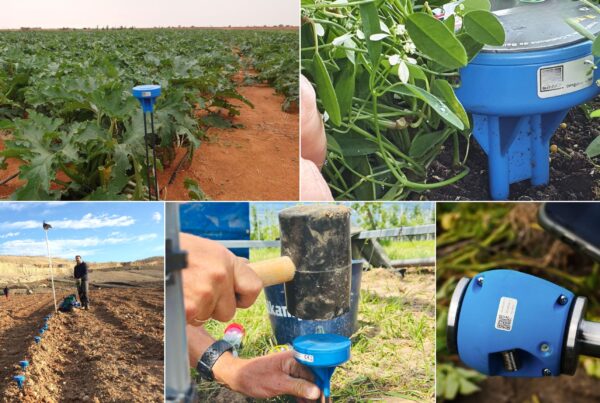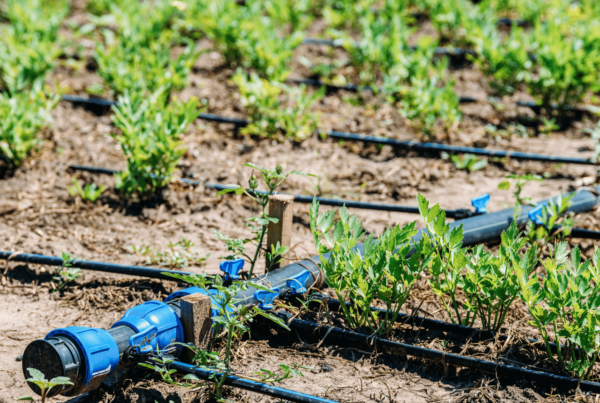Transforming Agriculture with Smart Soil Moisture Sensors: Ensuring Sustainability and Increased Yields
In an era marked by technological advancements and a pressing need for sustainable farming solutions, precision agriculture is redefining how growers manage their fields. While traditional methods, like visual soil assessments with a shovel, have long been relied upon, the integration of cutting-edge technology is revolutionizing farming practices. This transformation is particularly evident in the increasing adoption of smart agricultural sensors, including wireless soil moisture sensors.
So, why are these sensors gaining ground so rapidly in modern agriculture? In this blog, we’ll explore the role of soil moisture sensors, with a specific focus on Sensoterra soil moisture sensors, in shaping the landscape of precision agriculture and how they contribute to the practice of climate-smart agriculture.
The Challenge of Irrigation Management
For growers worldwide, determining the timing and quantity of irrigation for their crops is a perpetual challenge. Traditional methods, such as the labor-intensive process of manually assessing soil moisture, often lead to delayed decisions. Visual signs of water stress may only become apparent after yield potential has already been compromised.
On the other hand, embracing technology allows for more precise irrigation scheduling. By utilizing advanced agricultural sensors, growers can make data-driven decisions that ensure their crops receive the right amount of water at the right time. This is where smart agriculture sensors, particularly soil moisture sensors, come into play.
Sensoterra Soil Moisture Sensors: A Smart Solution
Sensoterra soil moisture sensors are at the forefront of this technological shift. These sensors are not just wireless; they are also robust, designed to withstand the rigors of agricultural settings. They empower growers to identify the ideal moment for irrigation, based on the specific water requirements of the root zone.
Sensoterra sensors primarily measure volumetric water content, which indicates the ratio of water volume to total soil volume. This measurement is expressed as a percentage. In an ideal soil composition, roughly 50% of the volume is solids, while the other half consists of pore spaces that act as reservoirs for water and air.
Field capacity, representing the ideal moisture level, can vary significantly depending on soil structure, ranging from 15% to 44%. At the opposite end of the spectrum is the permanent wilting point, where plants can no longer draw water from the soil, a threshold that varies from 8% to 23% based on soil structure.
The Significance of Calibration
Calibrating soil moisture sensors is a critical aspect of ensuring their accuracy. Different soil types possess varying textures and bulk densities, which affect their water-holding capacity. This means that a particular type of soil can inherently retain more or less water.
Soil texture also varies from one location to another, even within the same site. This makes calibrated data essential for predicting water requirements across different stages of the irrigation cycle, including dry, well-hydrated, and excessively wet phases.
For this reason, Sensoterra offers calibrated data for the most common soil types. Furthermore, growers have the flexibility to request custom calibration curves tailored to their unique soil types.
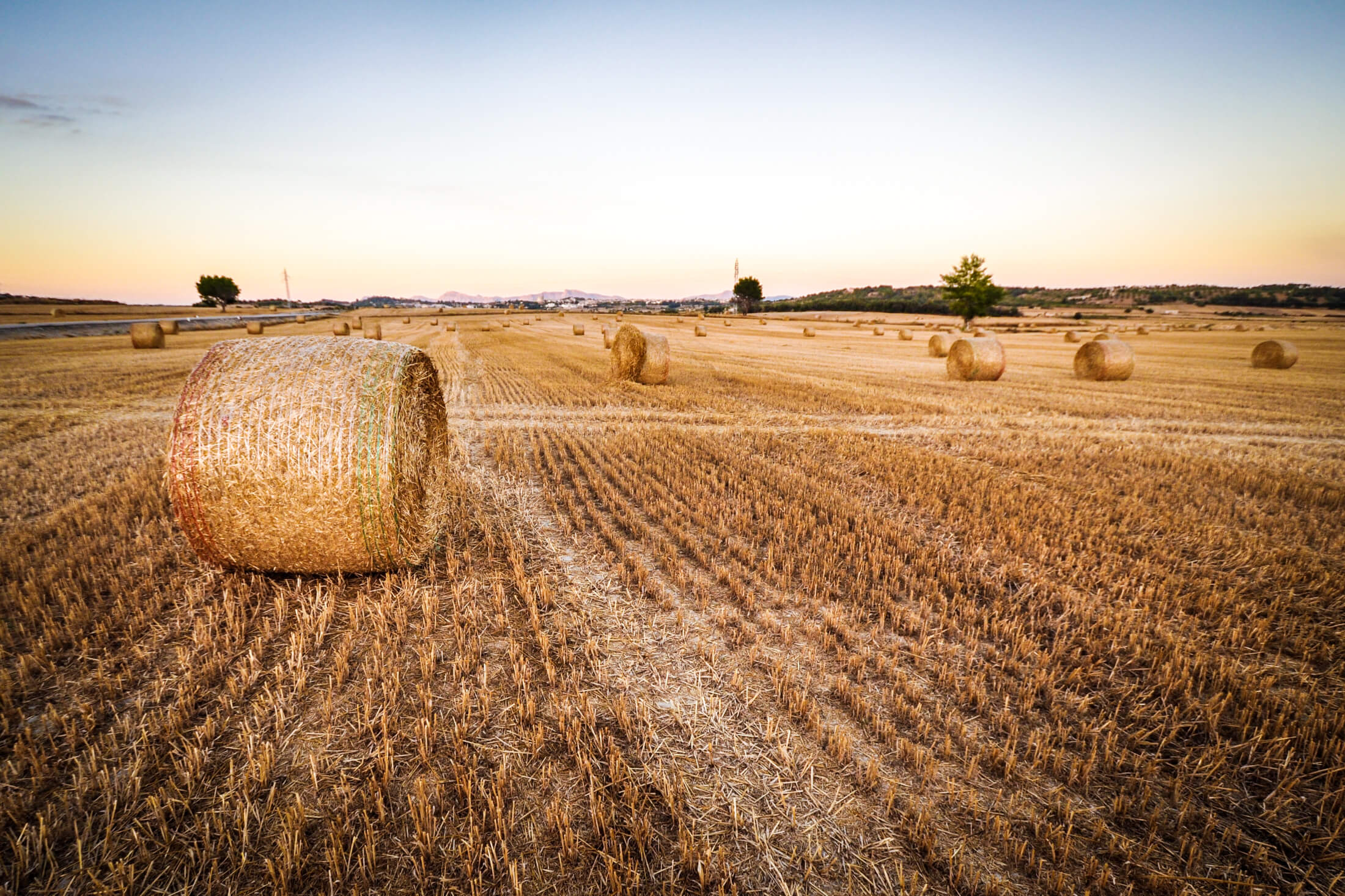
Advancing Precision Agriculture
Sensoterra’s commitment to enhancing precision in agriculture is evident in its technology, which not only conserves resources but also increases crop yields. By allowing growers to respect the plant’s natural timing for water supply, the risk of both over-irrigation and under-irrigation is mitigated. This not only benefits crop health but also promotes efficient water use.
Beyond Soil Moisture Data
Sensoterra’s innovative solution goes beyond traditional soil moisture monitoring. The technology enables growers to make informed decisions based on real-time soil moisture data. In addition to conserving water, it also saves energy and time. Furthermore, the ability to integrate sensor data with other smart devices provides growers with a comprehensive overview of their crops, reducing unpredictable variability in farming.
Conclusion: Elevate Your Crop Yields with Sensoterra
In a rapidly evolving agricultural landscape, Sensoterra stands at the forefront of providing nature-based solutions that enhance the sustainability and productivity of agriculture. By incorporating Sensoterra’s smart soil moisture sensors into your farming practices, you can not only ensure sustainability but also increase your crop yields.
To explore the transformative impact of Sensoterra’s technology, delve into our case studies. If you seek more information or wish to get started, don’t hesitate to contact us at [email protected]. Join the ranks of growers who are revolutionizing agriculture with precision technology, and unlock your farm’s full potential.
Wireless soil moisture sensors are just one piece of the puzzle, but they are a vital one. By integrating this advanced technology into your irrigation practices, you’re taking a significant step toward a more sustainable and productive future in agriculture.
About Sensoterra
Sensoterra is a pioneering leader in the field of wireless soil moisture sensors, offering cutting-edge IoT soil moisture sensor solutions for smart agriculture. Our state-of-the-art Sensoterra soil moisture sensors are at the forefront of agriculture IoT, providing unparalleled soil moisture monitoring capabilities.
Our commitment to precision agriculture technology allows farmers to make informed decisions, optimize their irrigation systems, and embrace sustainable farming solutions. With Sensoterra, access to real-time soil moisture data is at your fingertips, enabling precise water management and water resource management for your agricultural operations.
Sensoterra, established in 2015, with its headquarters in Houten, The Netherlands, develops water management solutions for agriculture/horticulture, smart city management, and water governance. Sensoterra has over 12,000 sensors in the ground globally, and generates hundreds of thousands of data points for smart water management, daily. Learn more at www.sensoterra.com
Contact for more information, pictures and/or interview requests:
Jessica Nuboer
Marketing & Communications
Sensoterra
Email: [email protected]

